Ready to help treat your pet to a healthy life?
A Look at the World's Oldest Dog Breeds Still Around Today
By : Brianna Gunter | Published Jan 7, 2025
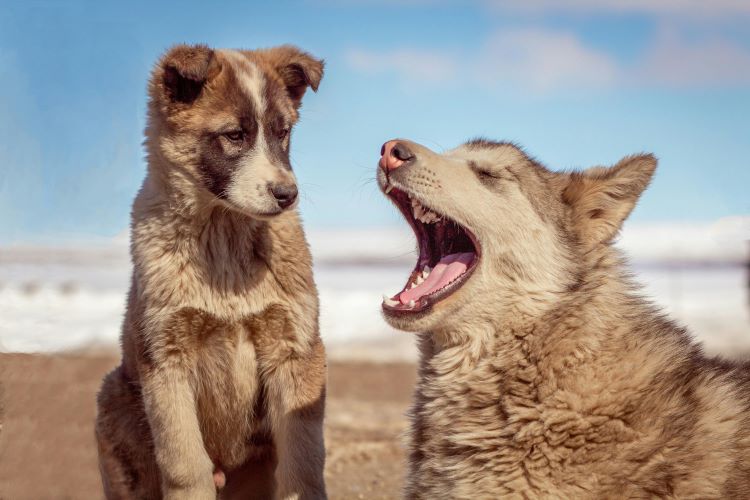
Dogs have been called “man’s best friend” for centuries, but our relationship with them goes back much further. The human-canine bond is believed to date back anywhere between 12,000 and 30,000 years ago (depending on which study you’re looking at). But for the most part, the dogs we know and love today look very different from those who accompanied our earlier ancestors.
Thanks to human intervention, individual dog breeds have emerged and changed over time at very different rates. Some are less than 100 years old while others date back thousands of years. So, what dog breeds have been around the longest?
Determining canine breed origins
Deciphering when and where a dog breed first began isn’t an exact science. For one thing, genetic testing can only show what is presently in a dog’s DNA makeup — not necessarily how ancient those genetic patterns may be. Some dogs have been identified as basal breeds, which means they have DNA patterns that predate those of other breeds. But even these should be evaluated on a case-by-case basis — they may have undergone substantial changes and been further developed over time. There’s also a lack of written records from when many of the oldest dog breeds are believed to have originated.
Things get even more complicated when looking at human intervention. Both purposeful and not, the genetic makeup of dogs has gone through frequent change as generations have come and gone. No breed has ever really been permanent, going back all the way to when dogs first deviated from wolves or, as some suggest, a very wolf-like ancestor, some 33,000 years ago.
While all modern dogs have ancient roots, some breeds have gone through fewer changes — or less drastic changes — than others. These are what we consider to be the world’s oldest dog breeds.
10 ancient dog breeds still around today
Again, determining exactly how old many dog breeds are is a big challenge. But thanks to historical knowledge and genetic evidence, the “start dates” for most breeds have been narrowed down to specific time ranges. Based on these educated estimates, here are some of the oldest-known canine breeds still living.
1. Greenland Dog
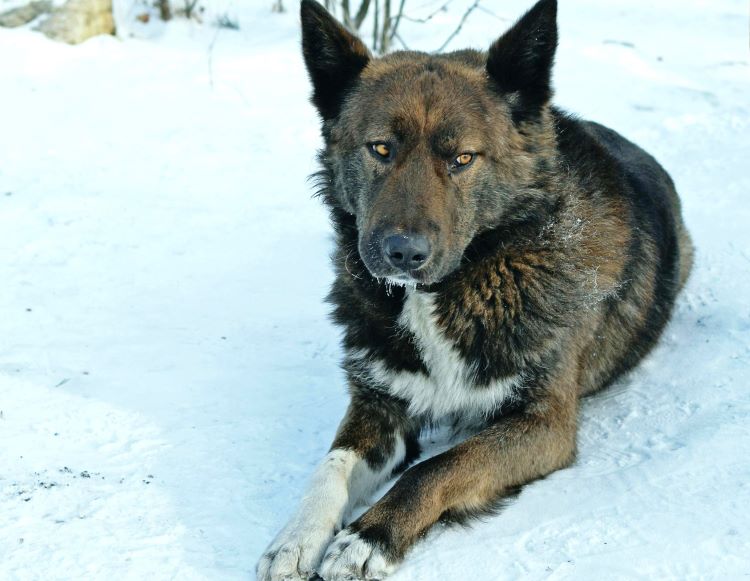
The Greenland Dog or “Greenland Sled Dog” is a large dog breed similar to a Husky. Believed to have originated from Siberian wolves in the Pleistocene era (around 9,500 BC), these dogs were brought across the arctic to Greenland by the Thule people 1,000 years ago. Greenland Dogs have been kept largely isolated from other breeds in the centuries since, making them easily one of the older breeds alive today.
As of 2024, the Guinness Book of World Records lists the Greenland Dog as the oldest known dog breed in existence.
Honorable mentions go to the Alaskan Malamute and the Siberian Husky, which share similar origins. However, the Greenland Dog earns its place ahead of them as one of the oldest dog breeds due to being relatively unchanged over the centuries and being likely the closest to its ancient ancestor.
2. Basenji
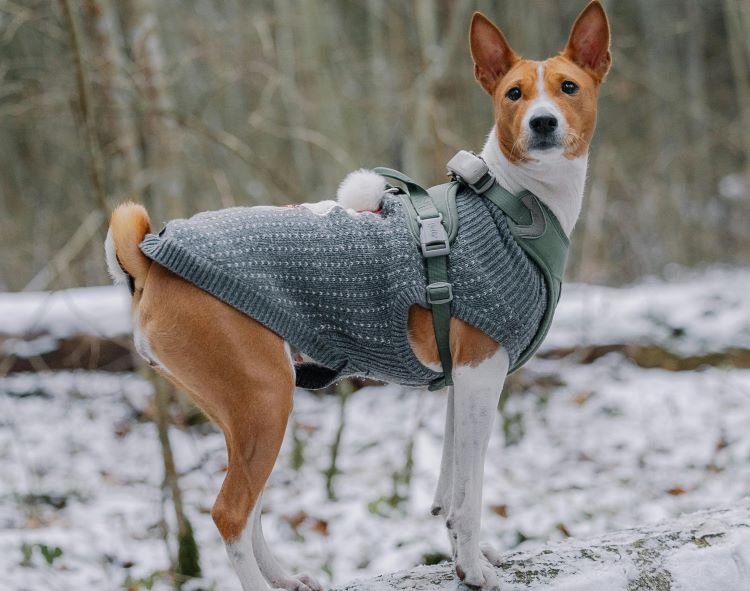
Another dog frequently mentioned as the oldest canine breed is the Basenji. Some Basenji fancier groups suggest this African dog breed may date back to 3,000 or 6,000 BC due to Libyan and Egyptian artwork featuring similar-looking dogs. But much like other old dog breeds, its exact origins are unknown.
What is known is that the modern Basenji breed was first described in the late 1800s in Congo. It was introduced to Europe and other parts of the world shortly thereafter as a skilled hunting dog, and it still serves that purpose today. Still, DNA reviews have supported the Basenji’s perceived ancient pedigree. DNA studied from these dogs is thoroughly unique and not clustered with other dog breeds, showing they may have a different ancestor that predates the common one for other canines.
3. Saluki
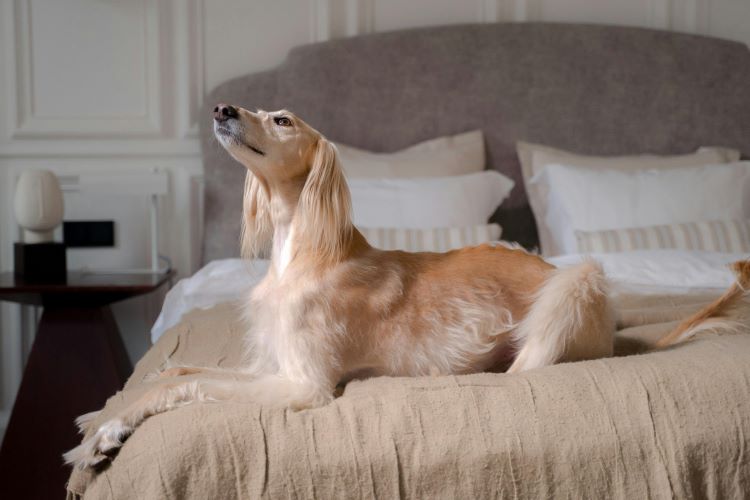
The Saluki is often called the world’s oldest dog breed, which is largely because it bears such a similar resemblance to dogs found on ancient Middle Eastern pottery and wall art. These date back to at least 6,000 BC, but it’s unclear if they are the same breed as the modern Saluki or are simply a close ancestor. It’s also unclear where the name “Saluki” actually came from. These dogs have been called the Arabian Hound, Gazelle Hound, Persian Greyhound, and other names, making its emergence as a singular dog breed even more uncertain.
As far as actual evidence goes, the earliest remains of either a Saluki or Greyhound were excavated in modern-day Syria and date back 4,000 years. And while legend has it that these dogs traveled to Europe with returning Crusaders, modern records show Salukis did not become established in Europe until the 1800s.
4. Greyhound
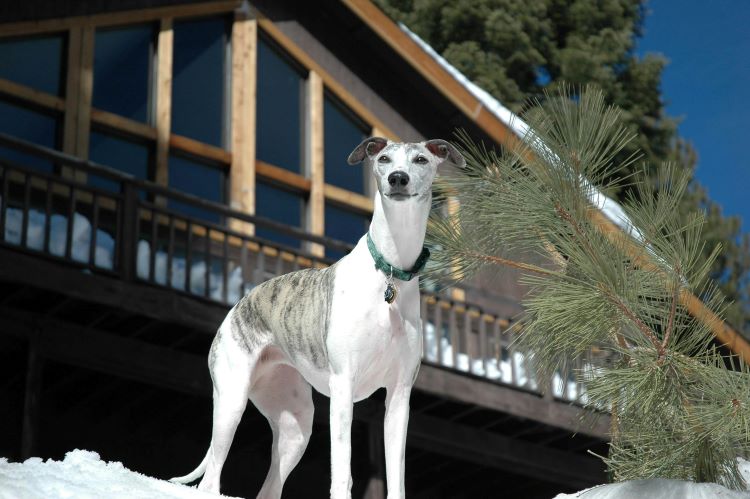
Piggybacking off of the Saluki’s ancient origins is the Greyhound, which may be just as old and from a similar ancestor. Much like the Saluki, ancient drawings of Greyhound-like dogs have been found at various Middle Eastern sites dating back thousands of years before the modern era. Writings from the late 1st and early 2nd centuries (AD) then show that Greyhound-type dogs made their way to Northern Europe alongside Roman troops.
While anyone these days can adopt a Greyhound, this wasn’t always the case. During the Middle Ages in Europe, only the ruling classes and nobles were allowed to own them.
5. Afghan Hound
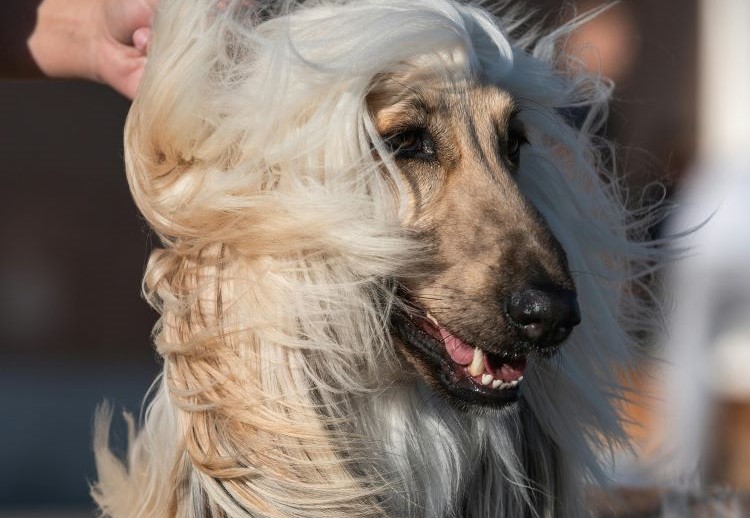
Another dog closely related to the Saluki is the Afghan Hound. Though its name comes from its prevalence as a hunting dog in Afghanistan’s hilly countryside, it is unclear whether the breed originated there or elsewhere in the Middle East. Either way, they are believed to go back at least a few thousand years. These long-haired beauties have also been called “Persian Greyhounds” due to their appearance and related history.
6. Nenets Laika
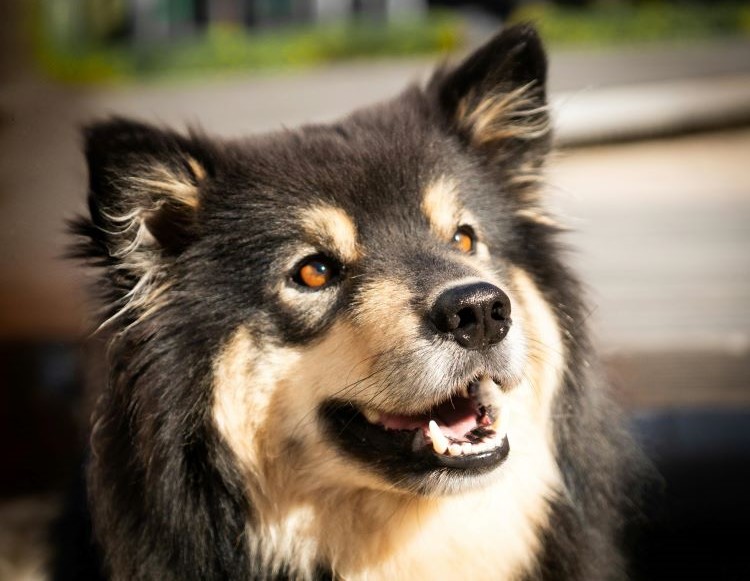
The Nenets Laika or “Nenets Herding Laika” is widely agreed to be one of the oldest surviving dog breeds, especially among those in colder climates. Its direct ancestor is believed to have originated sometime in the Paleolithic era. Nevertheless, the Nenets Laika almost died out in the mid-1900s. This was because these cold hardy dogs were largely replaced by snowmobiles and other technology in Siberia and the arctic. Fortunately, efforts in more recent decades have helped bring the breed back — as of the 2020s, there are an estimated 2000 purebred Nenets Laika living today in their original territory.
It’s worth noting that the similar-looking Samoyed is often said to be among the oldest dog breeds as well. However, it is not included on this list because the Nenets Laika was its progenitor.
7. Chow Chow
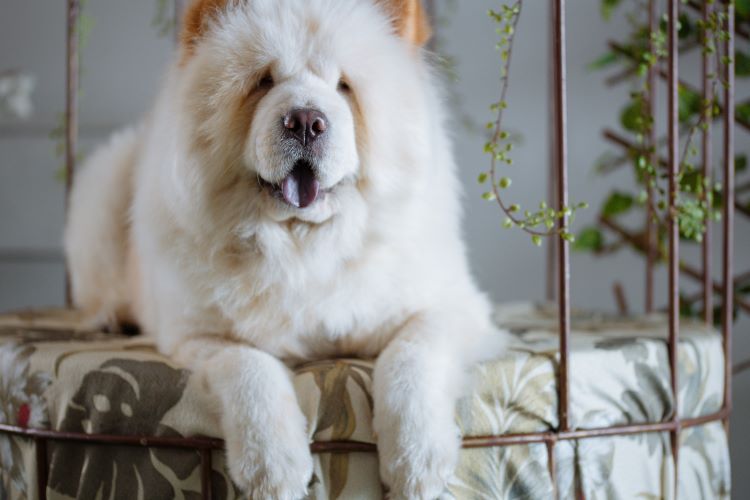
Looking like an oversized stuffed animal is one reason the Chow Chow or “lion dog” is so popular today, but some dog owners may choose it based on its rich history and associated legends. As one early 2000s research study showed, the Chow Chow likely originated in central China some 8,300 years ago. Nevertheless, Chinese legend has it that these burly pups served as helpful war dogs even earlier, with one ruler having up to 5,000 Chow Chows during their reign.
Another fun fact? Marco Polo wrote about seeing Chows pulling sleds during his travels through Asia in the 1200s.
8. Peruvian Hairless Dog
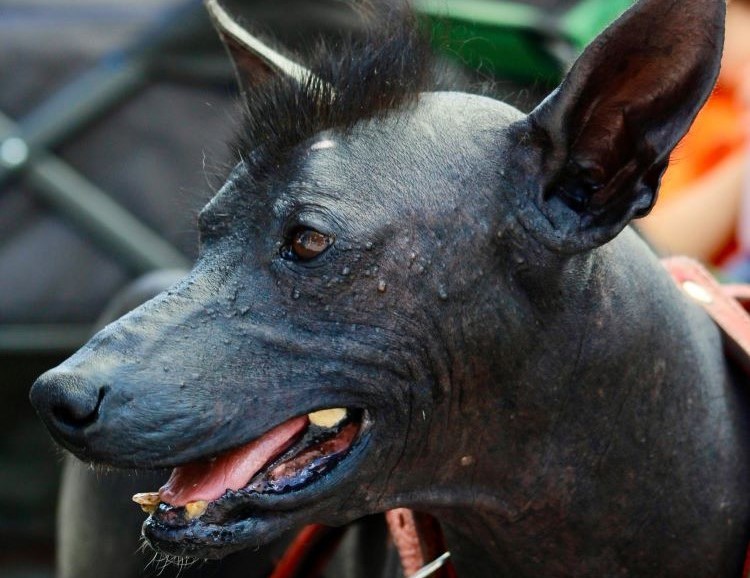
This dog has a number of names:
- Perro Sin Pelo de Perú
- Peruvian viringo
- Inca Hairless Dog
- Peruvian Hairless Dog
- Peruvian Inca Orchid
And that’s just the modern list. Dating back to Andean civilizations in South America, this dog has gone through numerous names throughout its history. Spanish conquistadors found the Peruvian Hairless living among the Inca in the 1500s, though pottery from earlier cultures in the region also depicts them.
While still considered a symbol of Peru and one of the oldest dog breeds, today’s Peruvian Hairless has gone through some changes. DNA analysis suggests that these dogs first entered the Americas from Siberia after humans did and were then isolated for 9,000 years before mixing with Eurasian dogs brought over by the Spanish.
9. Xoloitzcuintli
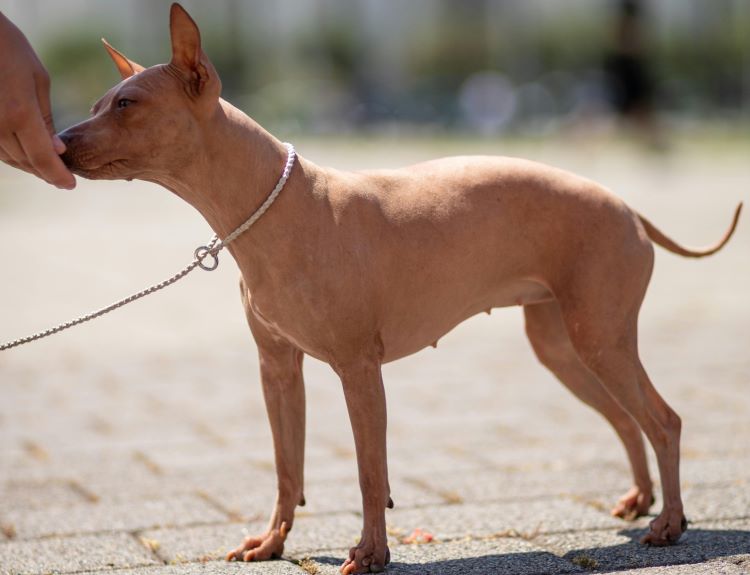
Also called the “Xolo,” this fun, hairless dog has similar origins to the Peruvian Hairless. DNA sequencing suggests the direct ancestors of these dogs crossed over to the Americas from Siberia sometime in BCE and were then isolated for about 9,000 years. Ceramic sculptures of dogs that look like Xolos have been found at various Mayan and Toltec burial sites in Western Mexico. Sixteenth-century writings from Spanish conquistadors later observed small hairless dogs among the Aztec.
Speaking of the Aztec, “Xoloitzcuintli” comes from the Aztecan language Nahuatl. It combines the god Xolotl, whom ancient narratives say created these dogs, and “itzcuintli,” the Nahuatl word for “dog.”
DNA tests show Chihuahuas share similar ancestry to the Xoloitzcuintli. However, the modern breed is believed to be slightly more recent than the Xolo and may have actually been bred from it. The modern breed likewise comes in both standard and toy versions.
10. Akita Inu
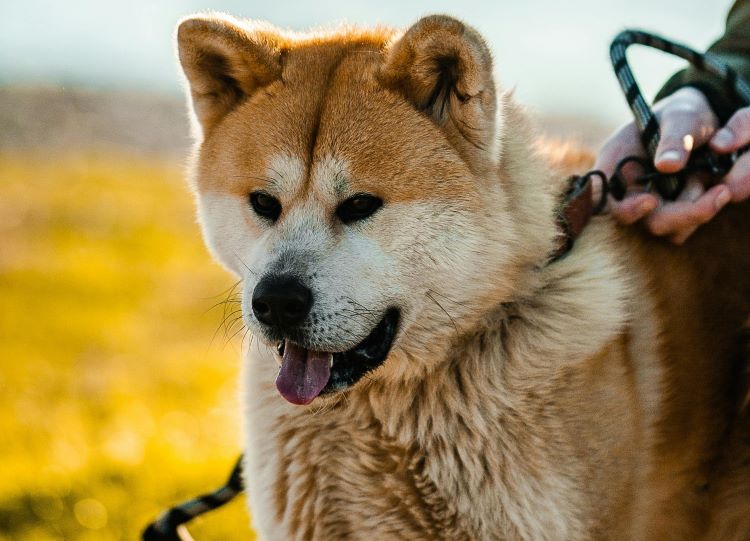
Written records of the Akita Inu date back to the 1600s, but they may go back even further. This well-known Japanese dog breed comes from a line of ancient dogs called “Matagi,” used for hunting in the mountains. The breed was refined in Akita Prefecture in the 17th Century, specifically in the city of Odate. Another fun fact? “Inu” means “dog” in Japanese.
Note that the Akita Inu should not be confused with the American Akita. Now considered separate dog breeds, the American Akita was developed much more recently (in the 20th Century).
Protect your dog, regardless of breed
All dog breeds carry certain health risks due to genetics, no matter how ancient their origins may be. Part of responsible pet parenting is prioritizing your dog’s health and doing what you can to promote it. In addition focusing on getting your dog healthy food and making sure they get daily exercise, it’s a good idea to look into dog insurance.
Trupanion offers coverage for all dog breeds and will cover new, surprise health conditions, including illnesses related to genetics. Learn more about the benefits of pet health insurance for your dog today!
